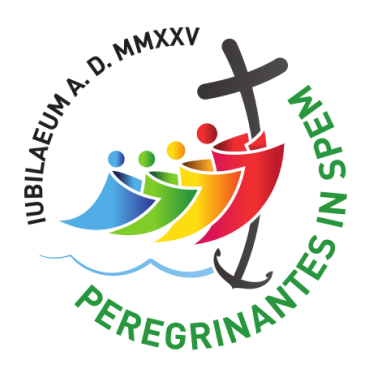
Basilica of Saint Mary Major

The Papal Basilica of St Mary Major (Santa Maria Maggiore) is the oldest and most important Marian sanctuary in Western Christendom and is the only one of the Papal Basilicas to have maintained its early Christian appearance.
Although it has been embellished and extended over the years all the commissioning patrons have respected its original layout and design, which, according to tradition, was divinely inspired.
According to the traditional story of its foundation, the Virgin Mary appeared in a dream to the Patrician John and Pope Liberius, exhorting them to build a church dedicated to her on the exact spot where she would cause snow to fall. On the morning of 5 August in the year 358, snow was seen on the Esquiline Hill, the highest of Rome’s hills, outlining the perimeter of what was to become the new church.
Today that miraculous snowfall is still remembered when white rose petals fall from the ceiling of the Basilica during the feast day liturgy. This tradition gives a special nobility to St Mary Major’s – marking it out as a kind of Marian relic, a place that was desired and planned by the Mother of God herself.
The Basilica is home to the most important of all Marian icons, the Salus Populi Romani (Our Lady Saviour of the Roman People). Tradition attributes the artwork to St Luke the Evangelist and patron of painters.
Pope Francis places all his apostolic journeys under the protection of Our Lady, Salus Populi Romani, stopping off to pray at the icon before his departure from Rome and again on his return.
The relic of the holy crib, the bedding on which the baby Jesus was laid, which is under the Papal altar, recalls the importance of the Basilica as the ‘Bethlehem of the West’. Here, the first Christmas Midnight Mass was celebrated and for centuries the Popes came here to carry on that tradition.
Among the other important relics contained within the basilica are the mortal remains of St Matthew and St Jerome.
It was in St Mary Major’s that Pope Adrian II welcomed, in the year 867, Saints Cyril and Methodius and approved the use of the Slavic texts in the liturgy. Also worthy of note is that fact that seven Popes are buried in the Basilica of St Mary Major.

















